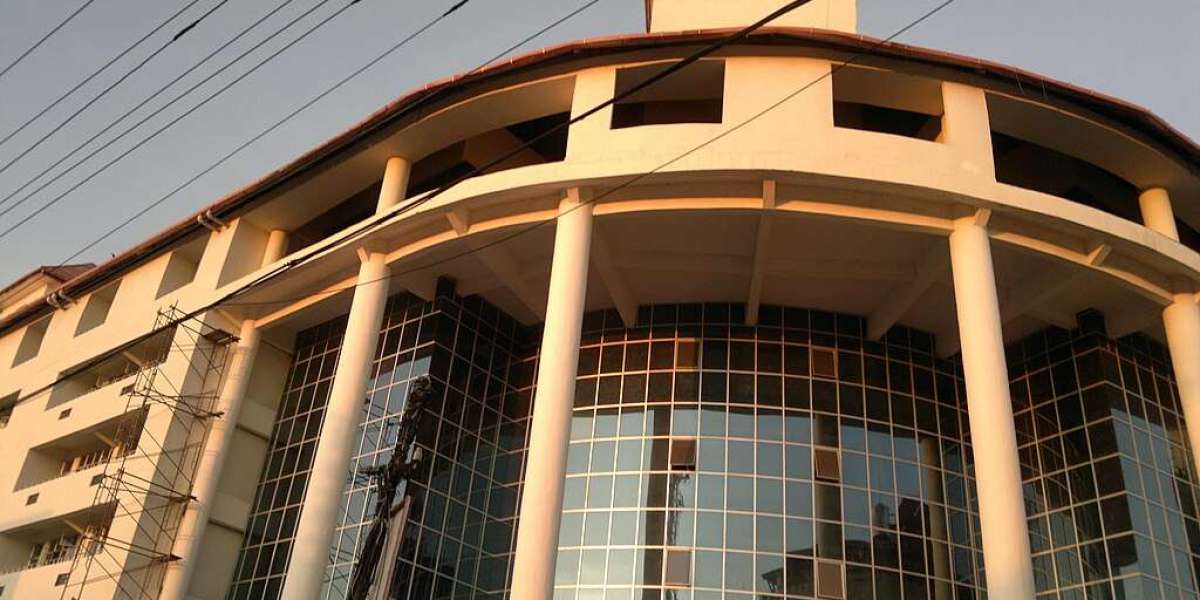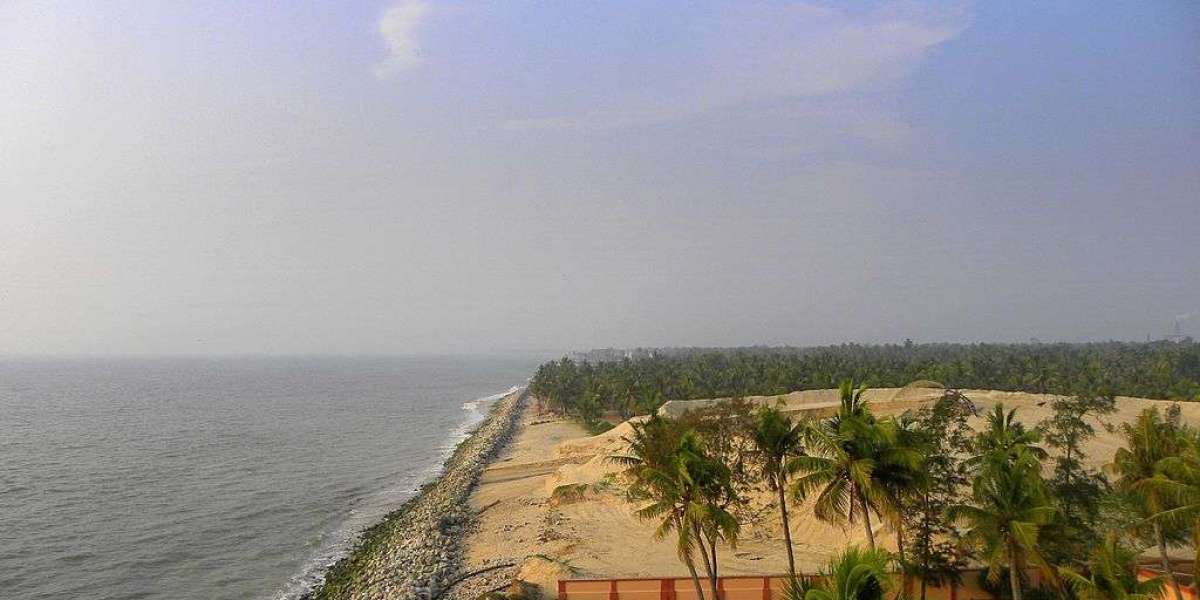Geography & Demographics
Spanning around 20 km², Angamaly town housed ~33,465 residents in 2011 at a density of over
1,600/km², with a near-balanced sex ratio and high literacy (~96%). Though official 2021 elector
count isn’t public yet, the 2016 electoral roll logged 163,696 voters, up from 152,370 in 2011. The
constituency is religiously diverse—about 58% Hindu, 35% Christian, and 7% others—with a notable
share of prominent Ezhava Nair and Syrian Christian communities.
Economy & Social Profile
Angamaly functions as a mixed-income suburban node with commerce, service jobs, religious
tourism, and moderate NRI investment. It does not engage in blueeconomy activities. Agriculture
persists in peripheral villages, especially rubber, coconut, banana, and rice—particularly around
Thuravoor and Kalady panchayats. Retail traders, hospital staff (e.g., Little Flower Hospital &
Research Centre) and small business owners dominate income streams. The majority fall into the
middle-income bracket, with some high-income professionals and few BPL families.
Political Landscape
Since 2021, Roji M. John of INC represents the seat under the Chalakudy Lok Sabha constituency,
continuing from his 2016 victory with 163,696 voters and sustained voter engagement.
Recent Development & Infrastructure
A new bypass along NH 544 is being developed to connect Karayamparambu junction to the
Angamaly railway intersection, easing traffic flows toward Kochi airport—an RBIDC-funded
₹275 crore project slated for early completion.
The long-awaited Angamaly–Erumeli rail line (Sabarimala railway) has received momentum
with the Kerala state agreeing to share cost; land acquisition across three districts is
underway (~204 hectares).
Under Kerala’s Nava Kerala Sadas programme, constituency-wide civic projects have been
initiated and reviewed at Angamaly’s St Joseph’s HSS ground, covering drainage, street
lighting, and public utility upgrades.
Angamaly Assembly Constituency serves as a regional junction—literally and
socioeconomically—connecting Kochi metro with its suburbs and pilgrimage routes. With a
welleducated, middleclass electorate comprising education, healthcare, trade, and modest
remittances, Angamaly is transitioning into a civic-nodal growth center. Infrastructure
upgrades—bypass roads, rail connectivity—and strong civic participation place it on a path balancing
suburban expansion with liveable stability.







